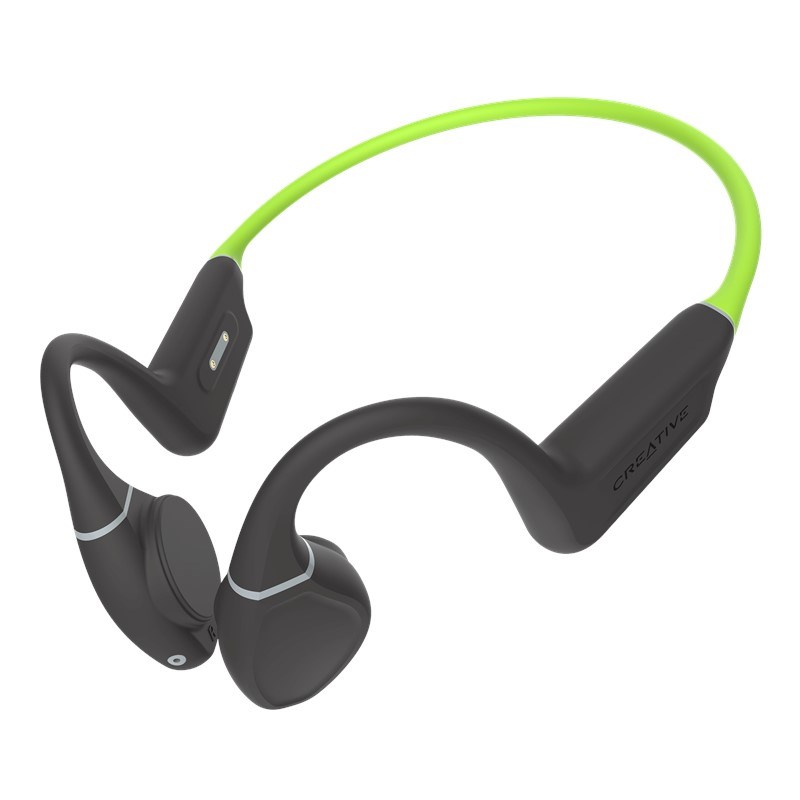
What are bone conduction headphones and how do they work?
It is a well-known fact now that listening to music too loudly via your headphones can ultimately lead to damage
Ear wax is necessary for the health of your ears, so you don’t need to clean it. If you do have any excess visible wax, then you can wipe it away with a wet cloth. We always advise that you never, ever use cotton buds! Nothing should ever be put into the ear canal as any artificial fibres can scratch or inflame the skin inside the ear canal. Any scratches can make the ear susceptible to infections.
If you have an ear wax blockage or excess ear wax, then it can cleared safely by a hearing healthcare professional using microsuction. It is a quick and pain free procedure where excess wax is sucked out of the ear. Olive oil drops should be used in your ears for a few days prior to an appointment to ensure that the wax is softened ready for removal.
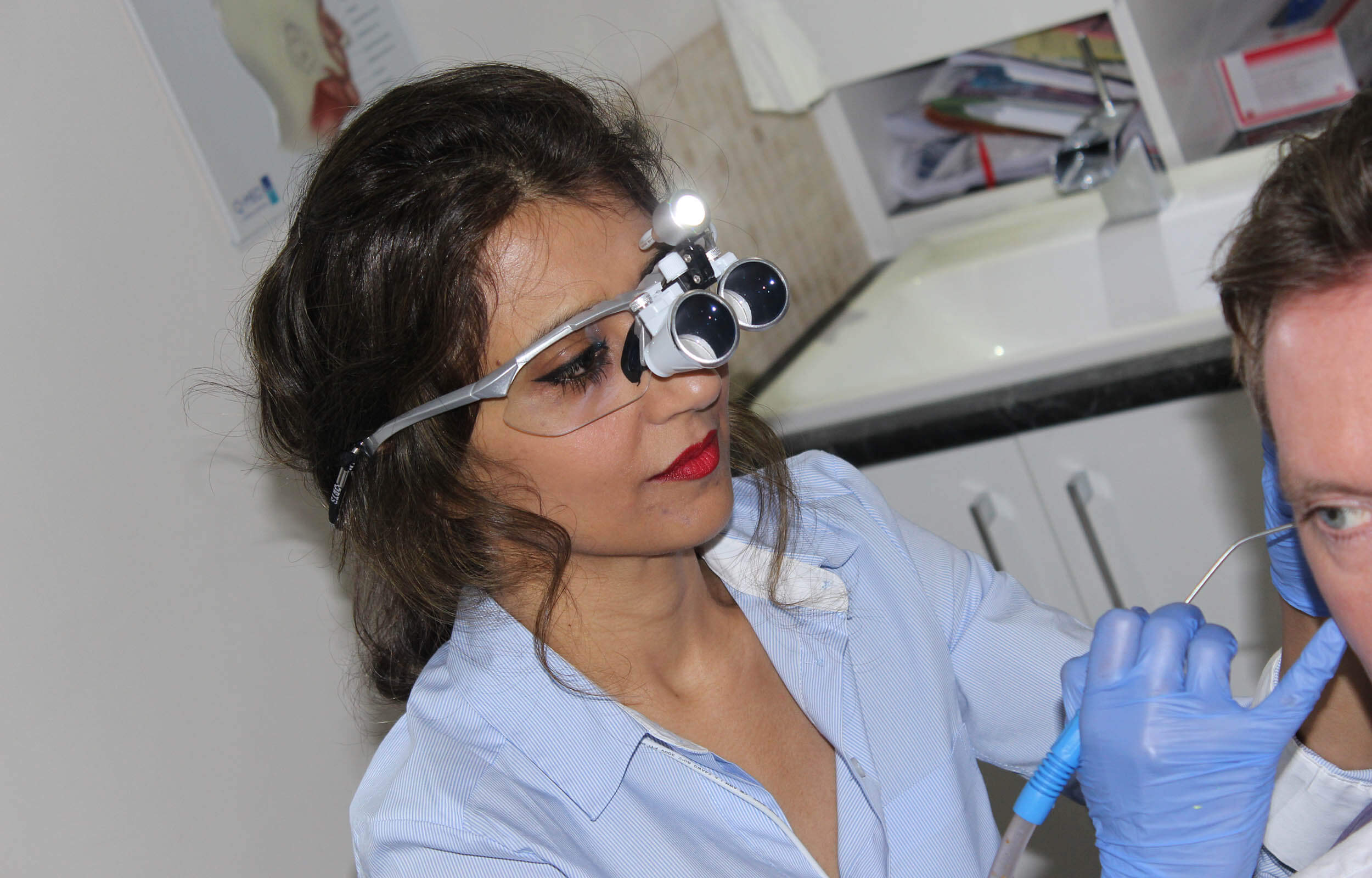
Microsuction Ear Wax Removal
We also offer endoscopic ear wax removal. An endoscope is an instrument that is used to look inside the body. It is attached to a video monitor for easy viewing – this could be a smartphone, tablet or similar. A direct view into the ear is then possible through the eyepiece of the endoscope. Ear wax will then be removed in a similar way to microsuction.
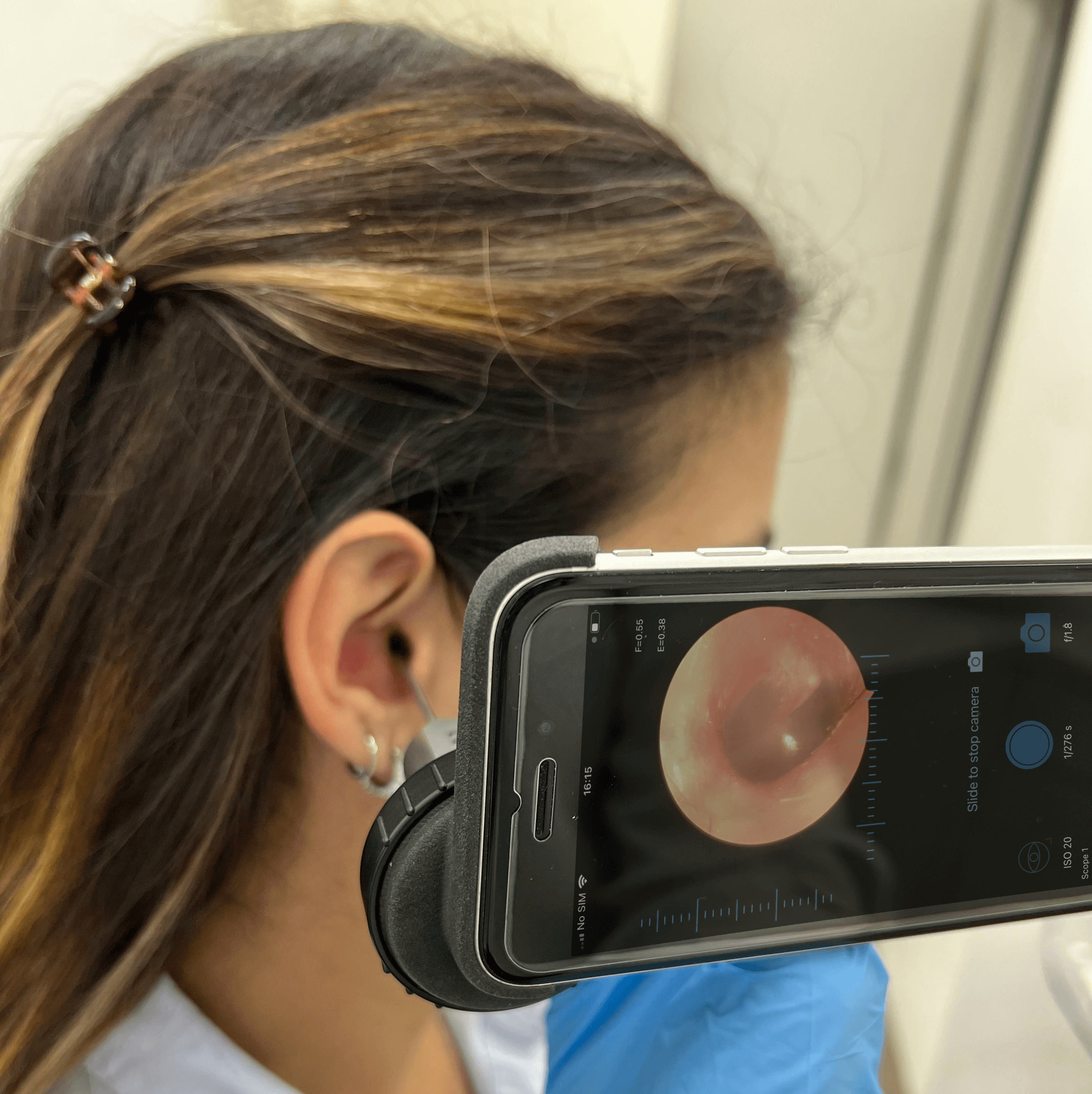
Endoscopic Ear Wax Removal
If there are no other underlying issues which are causing the excess ear wax, it is safe to have wax removal as often as is necessary. Most of the time, people who are most prone to wax build-ups due to producing too much wax, have ear wax removal scheduled in every 4 – 6 months so that it does not build up to a level where it causes pain or infection.
Some people will never require ear wax removal, but those who do require assistance to remove a blockage will probably only need to schedule appointments every 12-18 months.
Please ensure that if you have blocked ears, you don’t attempt to try and remove any wax yourself. It’s so tempting to grab a cotton bud or use your finger to try and remove excess ear wax but PLEASE DON’T. Most of the time this can make things worse. Instead, seek the assistance of a hearing healthcare professional who can examine your ears and remove it safely. If you are experiencing pain alongside blocked ears, it is important to visit your GP to ensure it is not an infection which is causing the feeling.
If you’d like to book yourself an appointment, or need some advice regarding an ear wax blockage, please contact us.
[html_block id=”3745″]

It is a well-known fact now that listening to music too loudly via your headphones can ultimately lead to damage
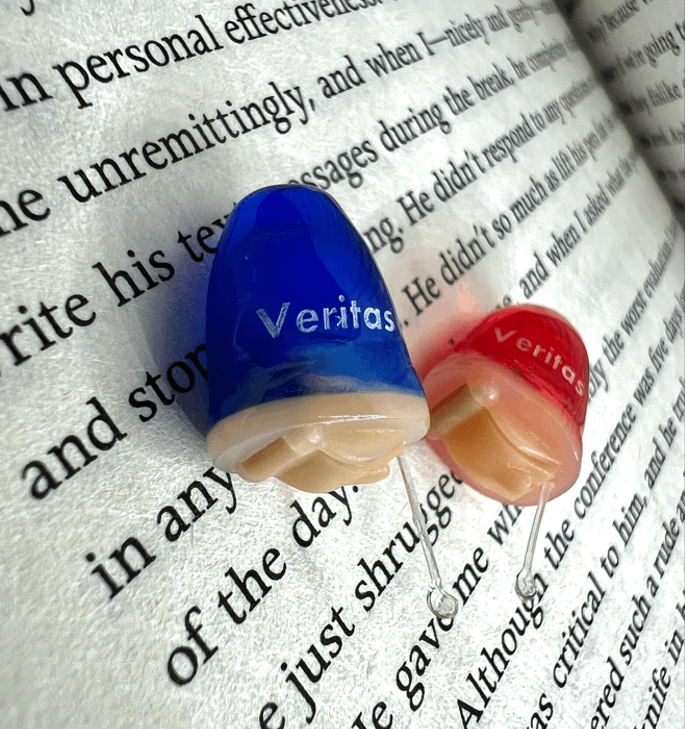
Fun fact… we actually hear with our brain and not our ears. Ears receive the sound and then send the
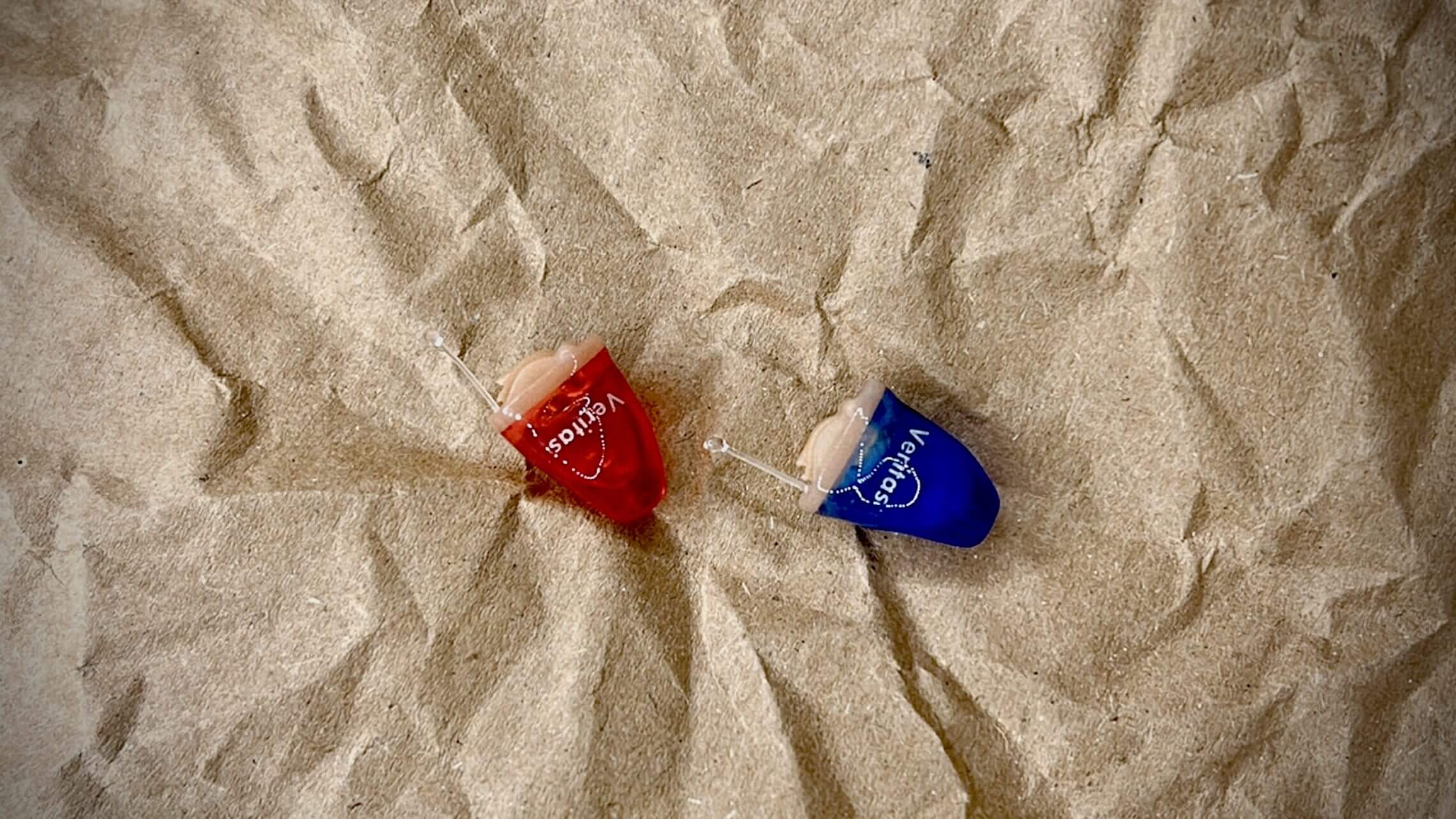
Things do go wrong from time to time with hearing aids. The most important thing is not to panic. There
We started our company in 2011 with a simple concept of hearing appointments for anyone in the comfort of their own home, work or personal space. We understand that not everyone can or wants to travel out to a clinic and some of us even prefer to be seen in our own surroundings.
© 2024 Veritas Hearing Ltd. All Rights Reserved.